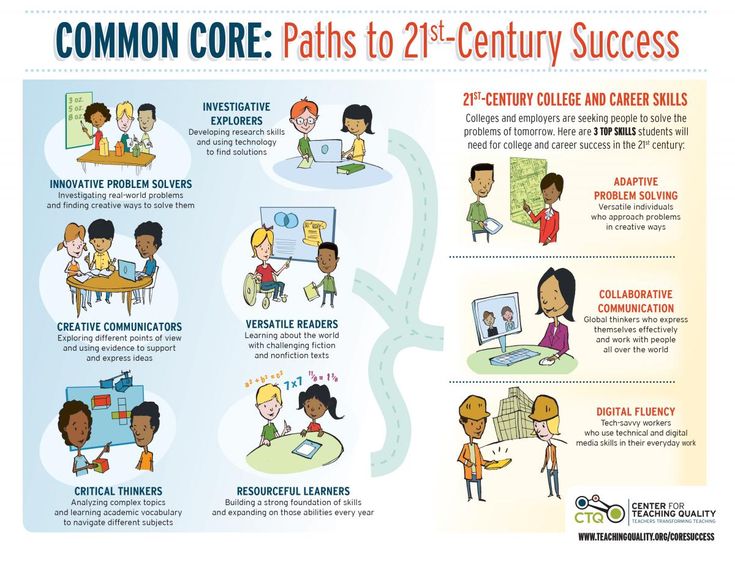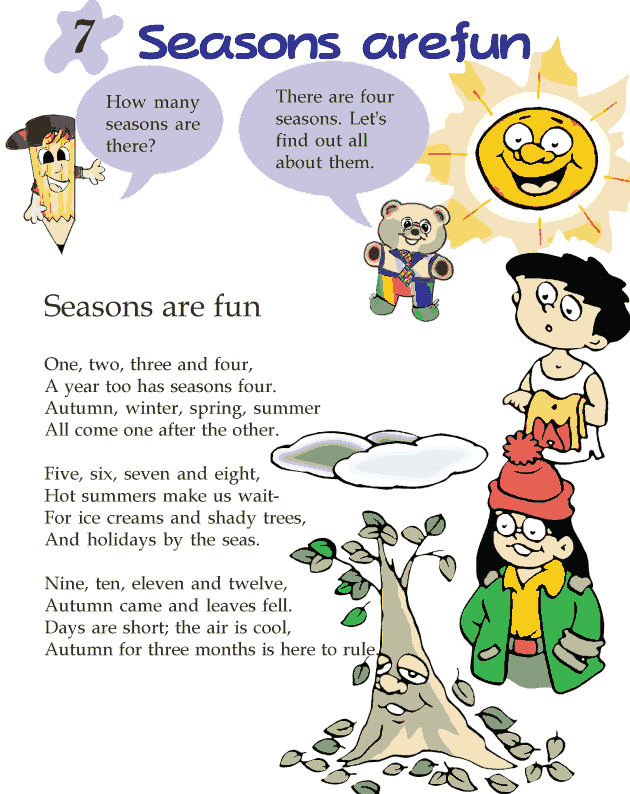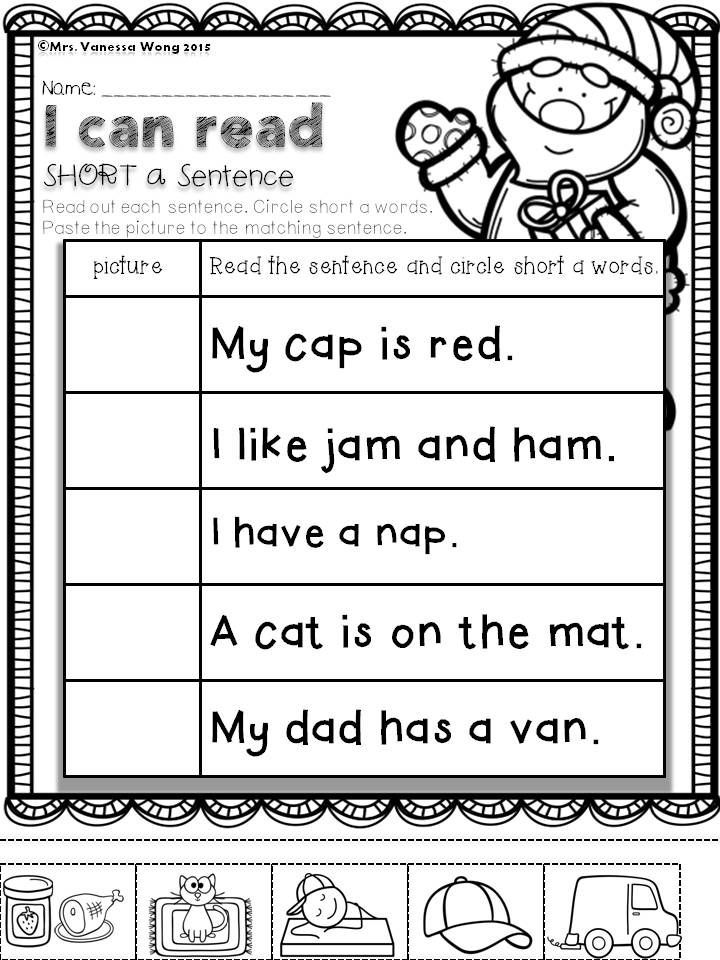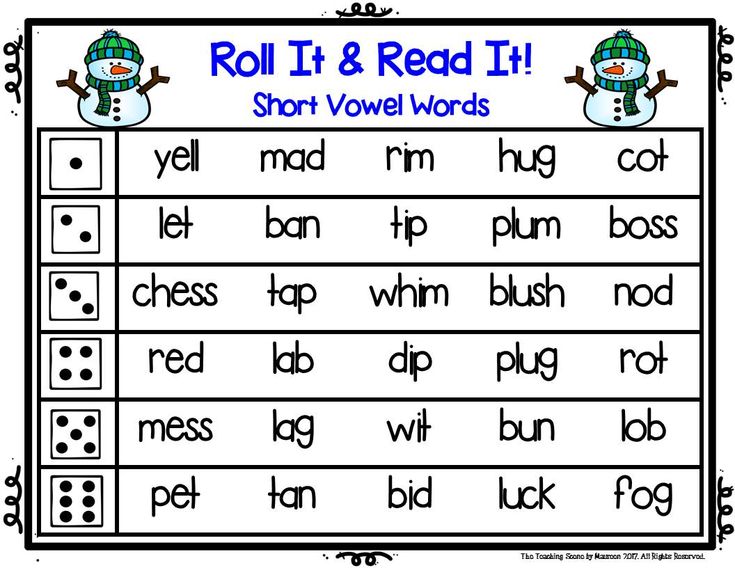Creative ways to teach reading
Teaching Children to Read: 7 Creative Ideas for Your Classroom
There’s no one best way to teach young students how to read. Learning to read is a developmental process that takes time. Every child learns differently, so it’s important to incorporate different teaching strategies to hold their attention and keep them interested in learning.
Teaching students to read doesn’t always have to be about formal lessons or worksheets. In fact, sometimes the best lessons are learned when children don’t even realize they are learning. Here are some practical ideas you can incorporate into the classroom to help your students become independent readers.
1. Display letters and words around the classroom
Children are naturally curious. Displaying different words and letters around the classroom encourages students to ask questions about the words and learn without even realizing they’re learning. Try labeling objects around the room like windows, doors, chairs, and whiteboards, or pinning words like ‘black’, ‘red’ and ‘blue’ to the wall, with the font being in that color.
Children will learn to associate the words with the objects they see.
2. Create word families
Word families are words that rhyme. Teaching students about word families helps them see patterns in text and encourages them to begin reading by grouping sets of letters within a word. Once they recognize the word ‘hop’, they’ll be able to find patterns in rhyming words like ‘top’, ‘pop’ and ‘stop’. A fun way to incorporate this activity into the classroom is by playing a game using a corkboard. Write a list of words on the left-hand side, and the second list of words that rhyme with them on the right-hand side (you could even try using a theme for the words, e.g. Christmas-related words in December). Place pins beside each word and have students link a piece of string from the pin of a word on the left, to the rhyming word on the right-hand side. Not only is this a fun activity to help students learn about word families, it also helps develop their fine motor skills.
3. Play decoding games
Decoding is the process of sounding words out.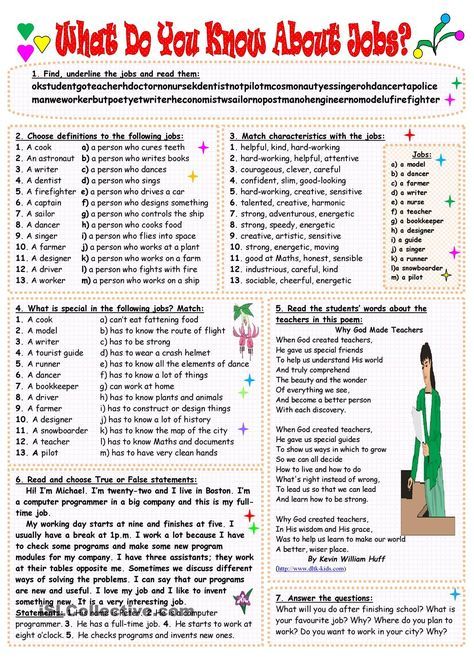 Once a child has learned the sounds that each letter, or group of letters, make, they’ll be able to begin putting words together. Learning to decode is an important step in learning to read, as the more students decode words, the more quickly they’ll be able to automatically identify words. To make the process of decoding a little bit more fun for students, consider incorporating games into the process. This can be as simple as buying little finger puppets for the students and having them wear them while pointing to the letters as they sound them out.
Once a child has learned the sounds that each letter, or group of letters, make, they’ll be able to begin putting words together. Learning to decode is an important step in learning to read, as the more students decode words, the more quickly they’ll be able to automatically identify words. To make the process of decoding a little bit more fun for students, consider incorporating games into the process. This can be as simple as buying little finger puppets for the students and having them wear them while pointing to the letters as they sound them out.
4. Teach phonemic awareness
Phonemes are the smallest sounds in the English language, made of consonants, short vowels, long vowels, and digraphs like ‘th’, ‘sh’ and ‘ch’. Children must learn how different letters make different sounds. For example, the ‘a’ in ‘table’ is a long vowel, as opposed to the short vowel ‘a’ in ‘sack’. Phonemic awareness means learning those sounds and how to manipulate them within a word and is an important step towards helping children to spell and decode.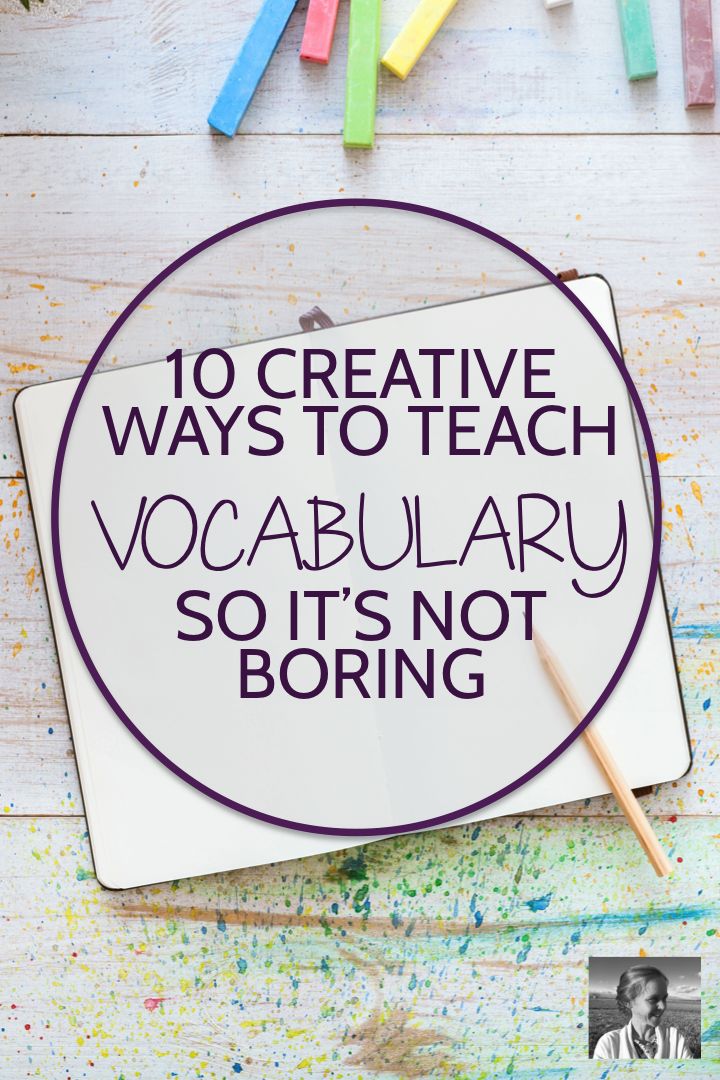 One thing you could do to help bring awareness to phonemes and how to separate the sounds of words from their meanings is to call up children one-by-one using their first names without the initial sound (e.g., [S]arah). The children have to figure out who’s name has been called and what sound is missing.
One thing you could do to help bring awareness to phonemes and how to separate the sounds of words from their meanings is to call up children one-by-one using their first names without the initial sound (e.g., [S]arah). The children have to figure out who’s name has been called and what sound is missing.
5. Play ‘fish’ with sight words
There are some words that are difficult to decode phonetically because they don’t follow the rules of phonics. These are known as ‘sight words’ and are most common in the English language. These words need to be memorized rather than sounded out, and there are a number of fun memory games that you can use in the classroom to help kids do this. ‘Sight words fishing’ involves using magnetic fish cut-outs with words on the back of them. Students fish using a magnetic rod and read the sight word out aloud from the back of the fish they’ve picked up. The repetition of the game helps the students master the words and is a lot more fun than reading words from a printout.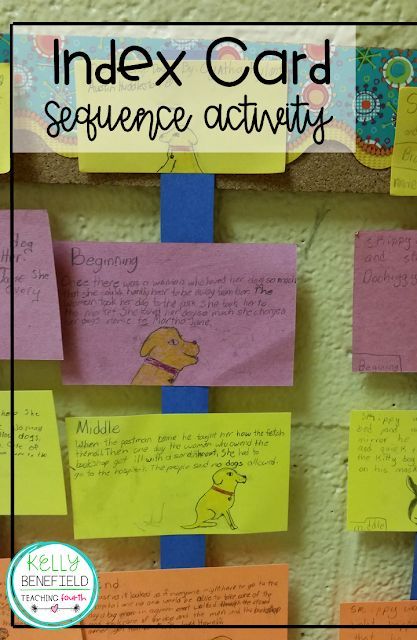
6. Word search bingo
Reading to children helps them develop their language and listening skills and prepares them to understand written words. However, some children lose focus when sitting still and listening, so it’s important to find ways to keep them engaged. One way to do this is to create a bingo game. Hand out sheets of paper to the students with a list of words from the chapter of the book you’re reading to them. As you read the book, the students will circle the words from the sheet they hear. At the end of the chapter, have the class discuss what words they found.
7. Help children love to read by making it fun
As teachers, the ultimate goal is to foster lifelong reading skills in students and create children who love to read. Memorizing words is only a starting point. Every child learns to read differently, but ultimately, keeping them engaged in learning is the best strategy. Getting children excited about learning to read through games and interaction is something that every primary school teacher can incorporate into the classroom.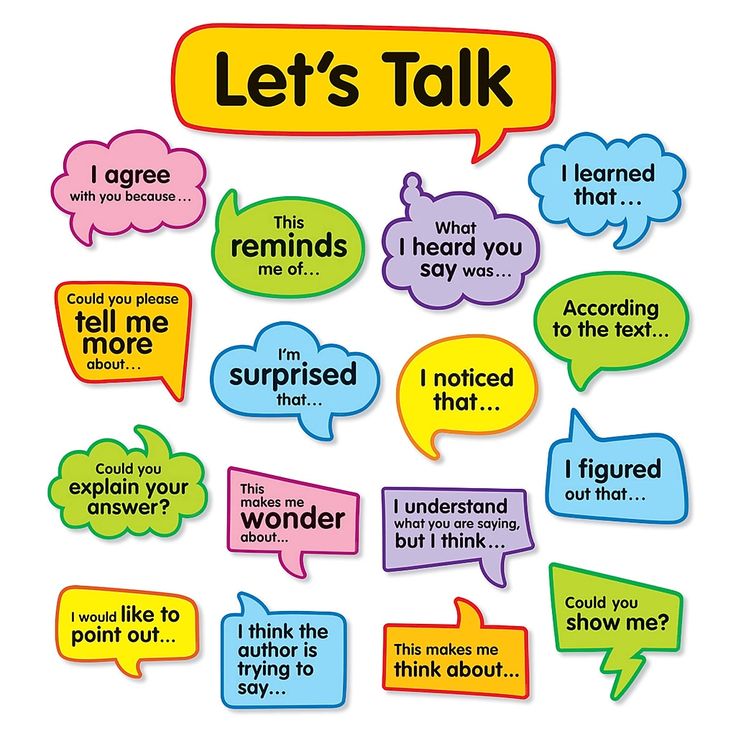
If you’re looking for more ideas, LiteracyPlanet offers a comprehensive and engaging program that is designed to bring out the best in every student. For more information about using LiteracyPlanet in schools, head here.
What Are Fun Ways To Teach Reading: 7 Creative Ideas
Sometimes it’s nice to change things up in your child’s reading routine. But what are fun ways to teach reading while staying on course? And how can you teach reading while also inspiring your child to love books?
Here are seven ideas that get you and your child moving, energized, and engaged while taking that next step in their reading journey.
What Are Fun Ways To Teach Reading?
1) Act It Out
One of the easiest ways to bring a little excitement and drama into your child’s reading time is to act out the story you’re reading together.
If your child loves to perform or play pretend with their toys, this might be a fun way to make the stories your reading literally come to life! If you want to try this idea, ask your child what character they would like to play and which one you should play.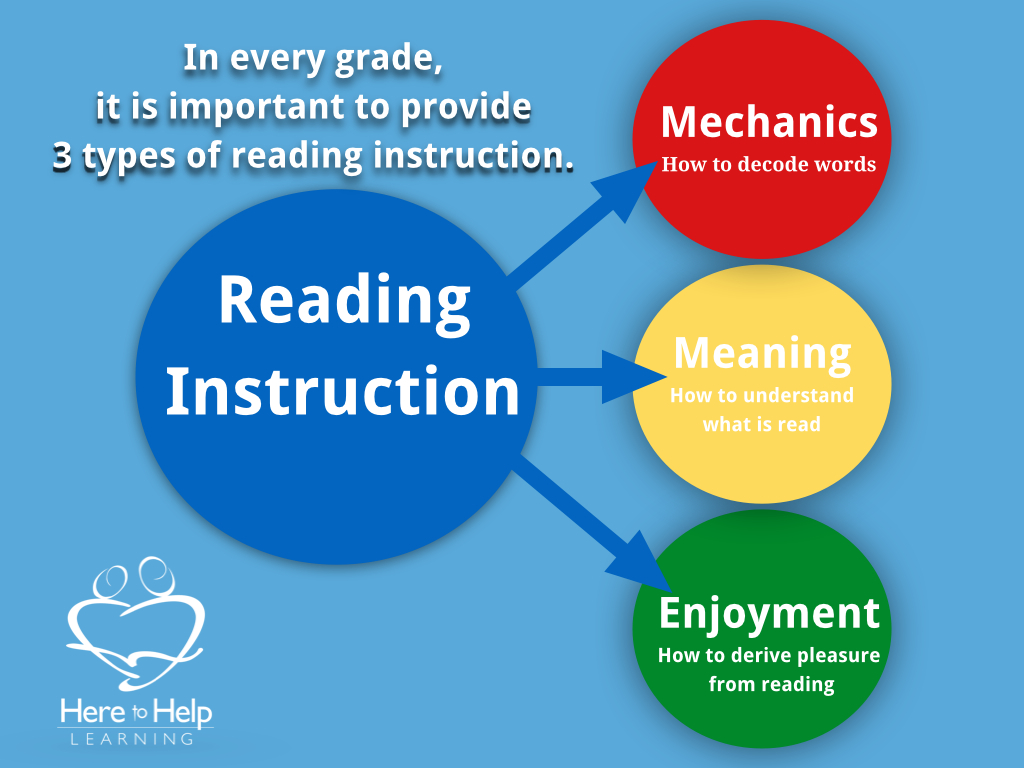
This idea is also super customizable. You can keep it simple and perform in your pajamas right in your child’s bedroom. Or, if you choose to make a project out of it, you and your child can work together to pick out costumes.
Maybe they could even draw scenery from the story to tape around your performance area. It’s completely up to you! Choose whatever offers the most fun and functionality for your family.
If the book has multiple characters, you could also ask other grown-ups or kids to join you. Pick a short story to read in a round-robin fashion, and then everyone chooses a character to play.
Adding more readers into the mix can be even more fun and helpful for your child, as they’ll have the chance to join a special community of readers.
But, again, this is completely optional! You and your little one can have just as much fun with only each other goofing around, perhaps using silly voices and exaggerated motions to make the story and characters hop off the page and into your home.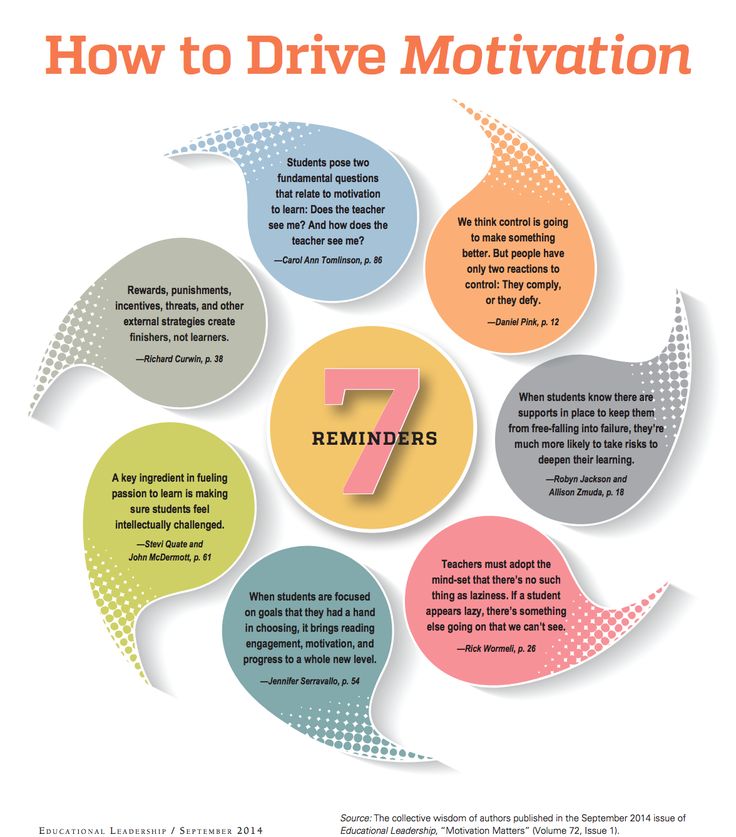
By reading the story aloud and acting it out, your child can visualize the story and bring the characters to life. It will help them engage with the story on a totally new level and get their brain working!
2) Match Up
Those little plastic letter magnets that are probably hanging out on your fridge will come in handy for this one!
If you choose to do this activity, collect things around your house with names that your child may be able to read. Focus on items that are spelled with three or fewer letters — such as a cat stuffed animal, a toy car, a pot, or a baseball bat.
When children have experience with the game or are a bit older, you can increase the number of letters per word up to five or more, depending on their reading level.
Next, gather the plastic letters from the fridge that match the items you’ve chosen. Spell out the name of each item using the letters. You may need to start with one or two items at a time, depending on how many letters you have on hand.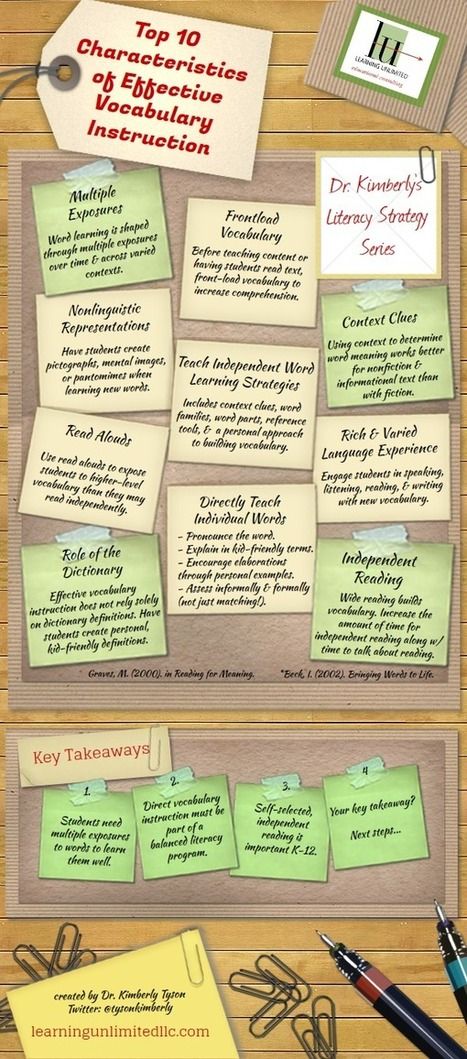
Lay the names of the items out on a flat surface with plenty of space in-between each word so your child notices the distinction. Finally, have your child line up each item underneath the right word.
And when they’re finished, they can make a game out of playing with all the things whose names they read!
3) Rainbow Words
This exercise is great for children who may already have some words in their vocabulary vault but are still exploring how to read independently and need to familiarize themselves with a few more terms.
If your child chooses to try this exercise, ask them to grab a poster board and several different colored markers. For our example, we’ll use all the colors of the rainbow!
Ask your child what they really, really love but aren’t sure how to spell yet. For example, your child might really love certain species of dinosaurs, so you could pick the word “stegosaurus.” Or maybe they really love playing in the mud after a day of rain, so they could pick “puddles.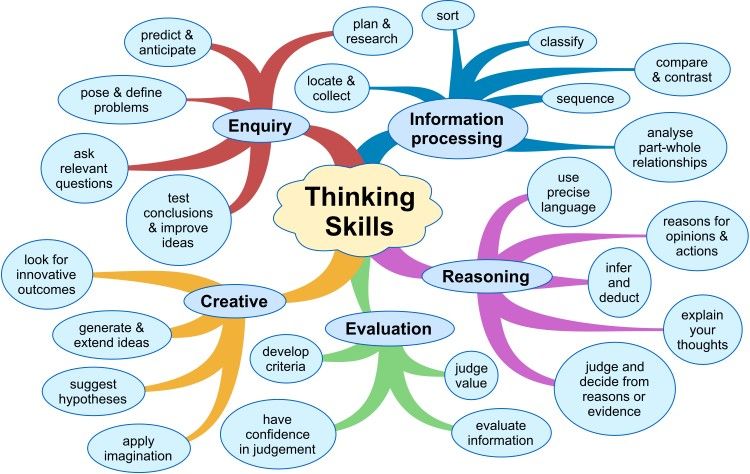 ”
”
Whatever they choose, aim for a word that is just a little bit outside of their current reading vocabulary but is something they want to know!
Once you’ve singled out a word to focus on together, you can help them spell out the word in huge, bubble letters, colored like the rainbow. They can then color in the bubble letters with their coordinating rainbow colors — or get creative with multi-colored designs!
This gives them the chance to exert independence, which can help build their reading confidence. It also gives you some insight into the words they can practice and what subjects you can use to motivate them to learn more words.
It’s a win-win!
4) Make A Book From Your Book
If you’d like to try this exercise, start by grabbing six or so pieces of paper. Write a number (1 – 6) at the bottom of each piece of paper. Then grab a (short) book your child loves and is familiar with.
This activity may take some getting used to, but once your child gets the hang of it, they can try the method with a new book they’ve enjoyed.
Next, work together to create your own version of the book with your child. Suggest that they draw the cover and a part of each scene (with your help if needed, of course!). As you discuss what happened in the book with your child, write down their narration on the remaining pages.
This book will be extra special to them. They already loved it before, and now they will have a version of their own!
This is a fun way to teach reading, as it lets kids get creative and artistic while developing their sense of reading comprehension. Visualizing the parts of a story on paper can help remind them what they just read and allow them to engage more deeply with the story.
You can also encourage your child to use this tactic as they grow older. If they ever need to recall the events of a story, they’ll have learned from you to visualize important moments and assemble them in the right order, “recreating” the book in their head.
5) Checkers With A Twist
For this activity, you’ll need your trusty Checkers game! Before playing, place a word on each square (or some of the squares if your child is younger).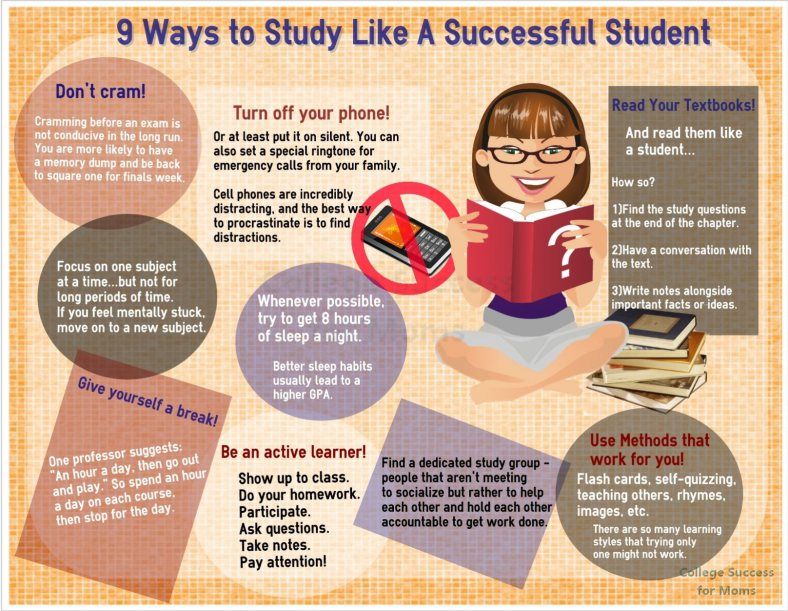 Sticky notes are great for this, or you can cut up small pieces of paper and tape them to the board.
Sticky notes are great for this, or you can cut up small pieces of paper and tape them to the board.
Be sure to use words your child can sound out or sight words they’ve been learning. Play as always, but each player must read any word they land on.
This concept also works with Tic-Tac-Toe for younger kids!
6) Play The Imitation Game
Playing the imitation game is a great and fun way to teach reading that doesn’t require any additional materials.
If you want to give this activity a go, when you’re reading with your child, change up your voice and then ask them to imitate you while reading the same sentence you just read.
You can say certain things in a whisper, others in a yell, others in a Donald Duck impression — anything that gets your child giggling and paying attention!
Here are some ways this activity can help your child:
- Hearing what fluent reading sounds like (even in a funny voice) helps them develop their own sense of fluency
- Hearing the pronunciation of words, both new and familiar, helps them integrate the words into their vocabulary the right way
- Since they have to imitate exactly what and how you say words, this forces them to pay extra special attention to your reading
7) Find The Word
For this fun way to teach reading, make a list of six words that are at your child’s reading level — that means three-letter words for younger children and four- or five-letter words (or more) for older kids.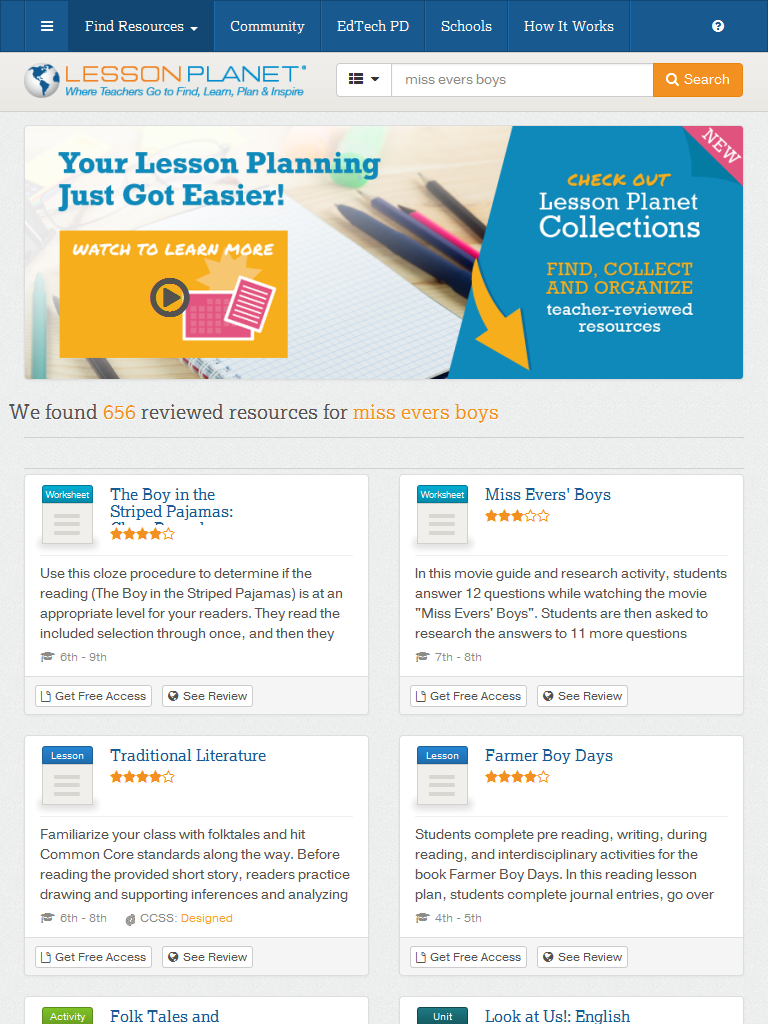
Make sure these are words your child can sound out or are sight words they’re learning so they don’t get discouraged. We want them to have fun with this game!
To play, write each word on a Post-It. While your child has their eyes closed, hide the Post-Its around the room. Your child’s job is to find (and read) all the words. Each time they find one, they get to cross it off the list!
Fun And Effective Reading
Sometimes the most helpful thing you can do as part of your child’s reading journey is to let loose and shake things up. We hope these creative ideas gave you some easy options for new, fun ways to teach reading to your child!
We want to leave you with a reassurance that every child is different, and different teaching methods may work better for some kids than for others. With time, you and your child will work out a balance, routine, and set of techniques that set them up for success.
And in the meantime, if you ever need an extra helping hand, consider signing up for a free trial of the HOMER Learn & Grow app! It’s full of interactive, personalized, and fun learning exercises for your child!
Author
Creative teaching methods as a means of increasing the motivation to read - Magarif Magazine
In recent years, we have been increasingly asking the question: "Why don't children read?" The answers to it are not varied. We blame the latest computer technologies that provide visualization, but discourage the desire to comprehend information through reading; we are talking about the passivity of the new generation as a whole, the lack of motivation to develop their intellect, since nowadays young people are increasingly inclined to solve material problems. nine0003
We blame the latest computer technologies that provide visualization, but discourage the desire to comprehend information through reading; we are talking about the passivity of the new generation as a whole, the lack of motivation to develop their intellect, since nowadays young people are increasingly inclined to solve material problems. nine0003
So why don't children read? In my opinion, the whole problem is in the language! Children, reading the texts of great writers and poets, do not understand the language in which their authors speak. But the golden rule of literature says: the reader is interested in reading about what he himself knows something about.
Long, common sentences tire the young reader, who is used to scooping information from the primitive headlines of glossy magazines and news feeds on social networks of the almighty, in the opinion of many contemporaries, the Internet (namely, the younger generation develops and educates according to its unspoken laws).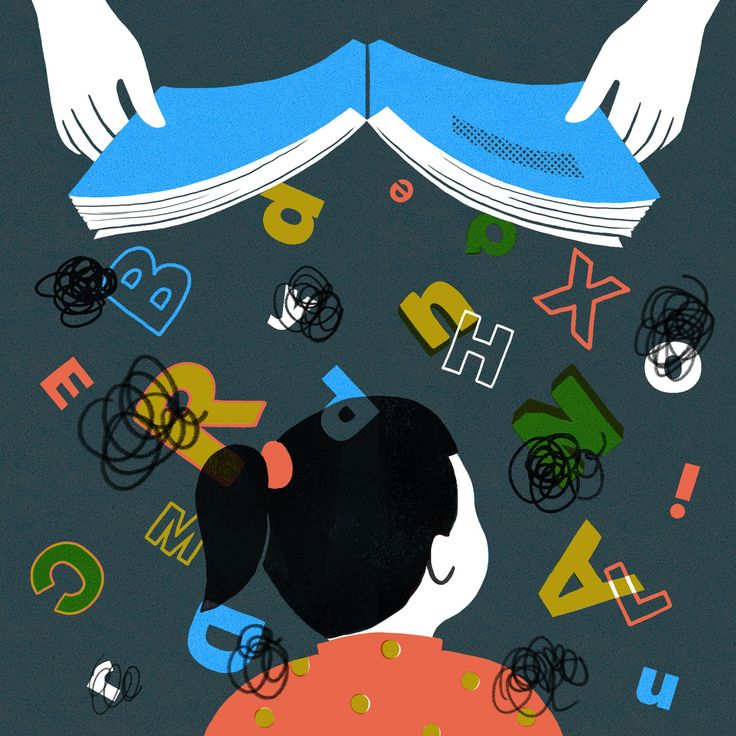 Often, by the end of a sentence, the student cannot remember what it began with. As a result, the thread of the read breaks, its meaning is not fixed - the material is not mastered. Thus, the inability to read leads to poor knowledge not only of literature, but of knowledge in general. Whatever activity of the student we have not touched, each of them is based on reading - correct, conscious, fast. nine0003
Often, by the end of a sentence, the student cannot remember what it began with. As a result, the thread of the read breaks, its meaning is not fixed - the material is not mastered. Thus, the inability to read leads to poor knowledge not only of literature, but of knowledge in general. Whatever activity of the student we have not touched, each of them is based on reading - correct, conscious, fast. nine0003
Thus, in the course of my work, the main problem was identified: not just unwillingness, but resistance of some students to mastering the school curriculum in literature. As a result, we have: the inability to use the literary norm, the predominance of slang in the speech of children. Therefore, one should not be surprised that Dostoevsky eF. Em. in young minds, it is the name of a radio station.
A “READING” survey was conducted among my students, which confirmed the identified problem. And I, as a teacher of the Russian language and literature, realize that teachers and, above all, linguists, have a great responsibility in the formation of correct speech.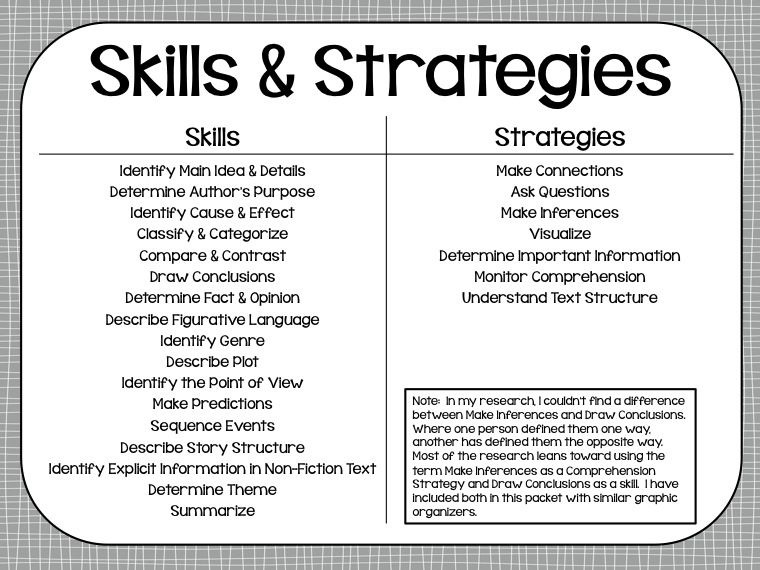 nine0003
nine0003
The lines of the great A.S. Pushkin: “Oh, how many wonderful discoveries the spirit of enlightenment is preparing for us!”. But in order to lead modern children to a conscious desire to be enlightened, we, teachers, need to look for new, creative methods and forms of education.
Methods and forms for the formation of creative abilities are based on going beyond objects, which means that one of the foundations of the second generation standards is being implemented - a system-activity approach, which involves the development, first of all, of the right hemisphere, leading to creative development personality. nine0016
I would like to acquaint readers of the magazine with those techniques that, in my opinion, are more effective and efficient: At the lessons of the Russian language and literature, the children actively stage excerpts from works and play the given speech situations using key words, home vocabulary work. For example, in a Russian language lesson on the topic “Can we use etiquette words in speech?” the guys are divided into groups, they are given the task to play various speech situations that are close to reality: travel in crowded public transport, parents do not let go to a friend’s birthday party, a passer-by asks for help in finding an address unknown to you, you are ahead of
in line at the cash register, etc.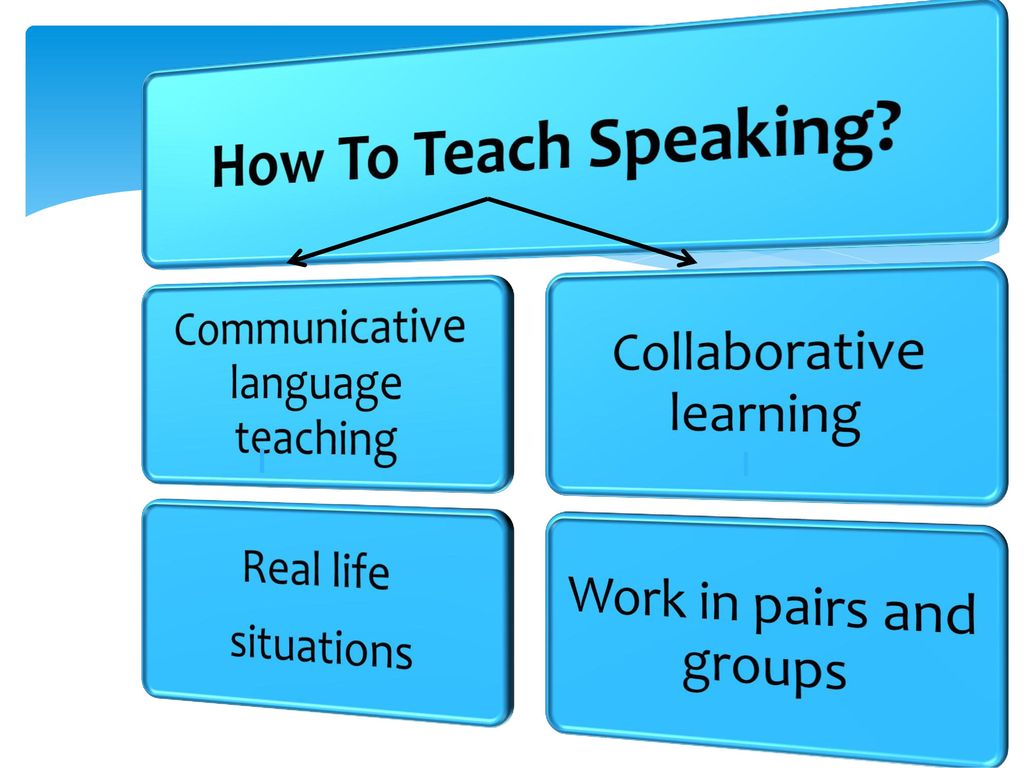 Students prepare, then go out and play the prepared situation, using as many etiquette words as possible. This helps not only to consolidate the material, but also, getting used to the role, to understand one's own social attitudes, to improvise (and this is the main prerequisite for thinking creatively), and also to master new behaviors and forms of communication.
Students prepare, then go out and play the prepared situation, using as many etiquette words as possible. This helps not only to consolidate the material, but also, getting used to the role, to understand one's own social attitudes, to improvise (and this is the main prerequisite for thinking creatively), and also to master new behaviors and forms of communication.
Thus, preparing for the two-day hike
with the VI grade on the topic “Forgotten Traditions”, the children read not only instructions on where and how to set up tents, but also got acquainted with Russian folklore works and even excerpts from ancient Russian texts. "Building" a Russian village from tents, they represented themselves as ancient Russians. And in preparation for the theatrical performance dedicated to Prince Vladimir, the schoolchildren had to search for information about the Baptism of Rus'.
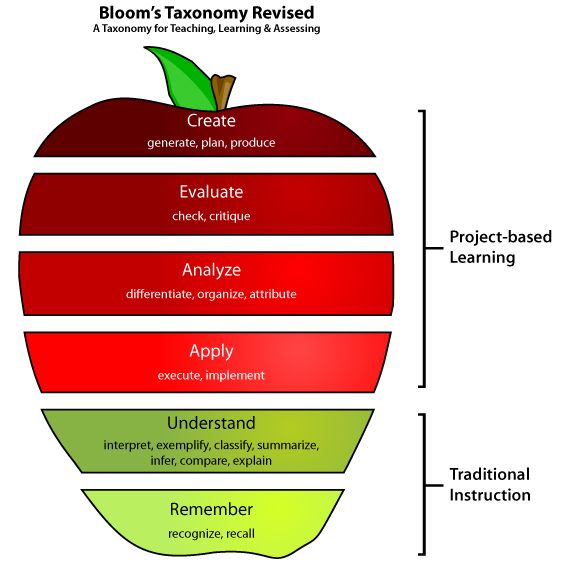
- Linguistic fairy tales
While studying the topic “Gernal participle”, the 7th grade students wrote a fairy tale about the participle, where the guys not only tried to build logical connections, show knowledge of the material, but also use the knowledge gained in the lesson in a new form.
- Tale-alphabet
The essence of the task: each word must begin with the next letter. As a result, the fairy tale should be logically completed. The alphabet fairy tale allows not only to remember the alphabet, but also develops logic, the ability to draw cause-and-effect relationships, build sentences logically correctly, and work with an explanatory dictionary. nine0003
It is worth noting that students, when writing a fairy tale again, work with different words, which indicates an increase in vocabulary.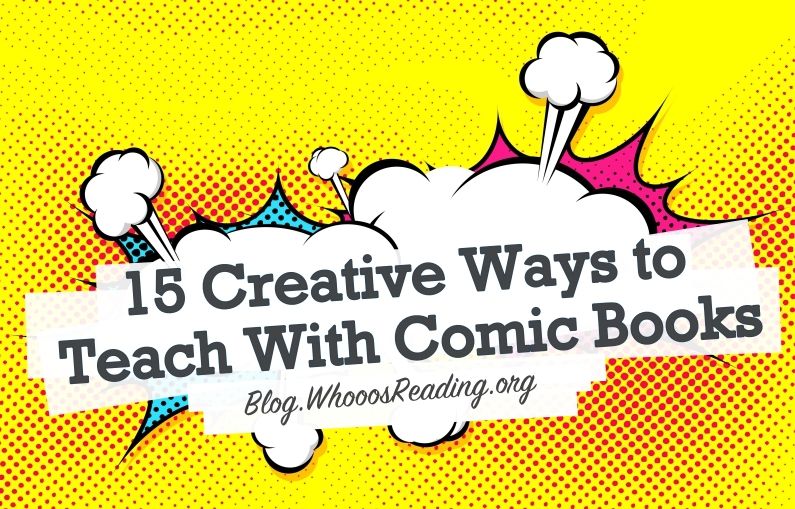 Using an individually differentiated approach, I suggest that weak students use prepositions and conjunctions. At the very beginning, when it was homework, the children were helped by their parents, then they learned how to work with dictionaries. As a result, they cope with this on their own in the classroom, using online dictionaries using their phones. The good news is that the children have learned that the Internet is not only an outlet for social networks, but also a source of useful information. nine0003
Using an individually differentiated approach, I suggest that weak students use prepositions and conjunctions. At the very beginning, when it was homework, the children were helped by their parents, then they learned how to work with dictionaries. As a result, they cope with this on their own in the classroom, using online dictionaries using their phones. The good news is that the children have learned that the Internet is not only an outlet for social networks, but also a source of useful information. nine0003
- Composition of poems .
Comprehending the process of versification, children work not only with rhyme and rhythm, but also comprehend the basics of literary criticism, expand their vocabulary.
- Journalism with research elements.
On Victory Day, with the aim of patriotic, spiritual and moral education, students participated in the project "I remember!". Working on essays, the guys talked not only with their parents, they had to find information from grandparents, from distant relatives.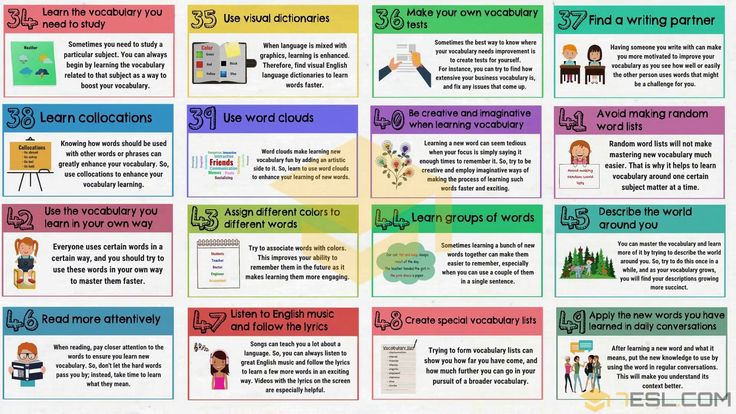 The work was not easy, but the acquired knowledge and the established connection of several generations in the family rallied them, forcing the guys to think about the exploits of our great-grandfathers and reassess reality. nine0003
The work was not easy, but the acquired knowledge and the established connection of several generations in the family rallied them, forcing the guys to think about the exploits of our great-grandfathers and reassess reality. nine0003
- In order to motivate students to work at lesson , I use their creative potential. It should be noted that the results of diagnostics carried out by the school psychologist proved to be a great help in the work. In my work, I take into account, first of all, the leading type of modality. And therefore, studying folklore works at literature lessons, I use the vocal data of students. Speaking of poetry, I ask the guys attending a music school to "tune" their classmates to the perception of beauty by playing musical instruments. For example, when studying the fables of I.S. Krylov, it was not possible to assemble a quartet. But with the help of the guys themselves, we worked on the concept of a "quartet", demonstrated the sound of live instruments, showed the need for the ability to work in unison.
 The moral of the story is clear. nine0029
The moral of the story is clear. nine0029 - To develop the creative potential of students, in order to teach them to work with the readership, the editorial office of the school newspaper was created. During the academic year, specialized elective courses "Fundamentals of Journalism" were held for students in the 11th grade, where my experience as a journalist helped me. The knowledge gained helped the children to successfully pass the exams, to decide on the choice of profession.
- Use of the epistolary genre.
Studying language and literature, I widely use the epistolary genre. After all, it is impossible to study Russian literature of the 19th century, where salon culture is widely represented, without diary entries, memoirs of contemporaries of the Pushkin era. Therefore, the concept of "epistolary genre" is considered on the example of the creation and filling of stylized girls' albums of the 19th century. This allows not only to improve speech skills, develop written speech, but also arouse interest in writing letters and congratulations.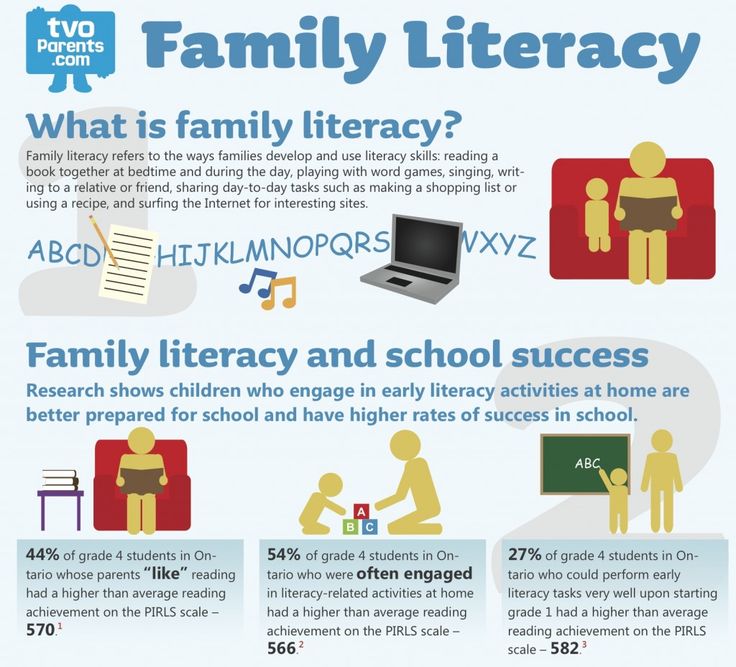 nine0003
nine0003
Thus, students who are weakly motivated for learning activities are also involved in such activities. Gradually, interest in the epistolary genre increases: the guys begin to keep diaries, and writing a letter by hand (or pen!) Takes on an almost solemn character. A connection is established with many parents who, participating in the life of children and the school, show an interest in maintaining Russian traditions. And most importantly, the number of conscious readers is increasing.
So, by integrating the educational possibilities of the library, the interest of parents, using creative forms and methods of work, I have the opportunity to initiate interest in reading among schoolchildren.
Anna Timshina; nine0003
The ideal variant is when the child does not suspect at all that he is currently busy...
Children learn through play. The more fun, the less like a "real study" with discipline, rules, hours of sitting in one place and cramming, the better.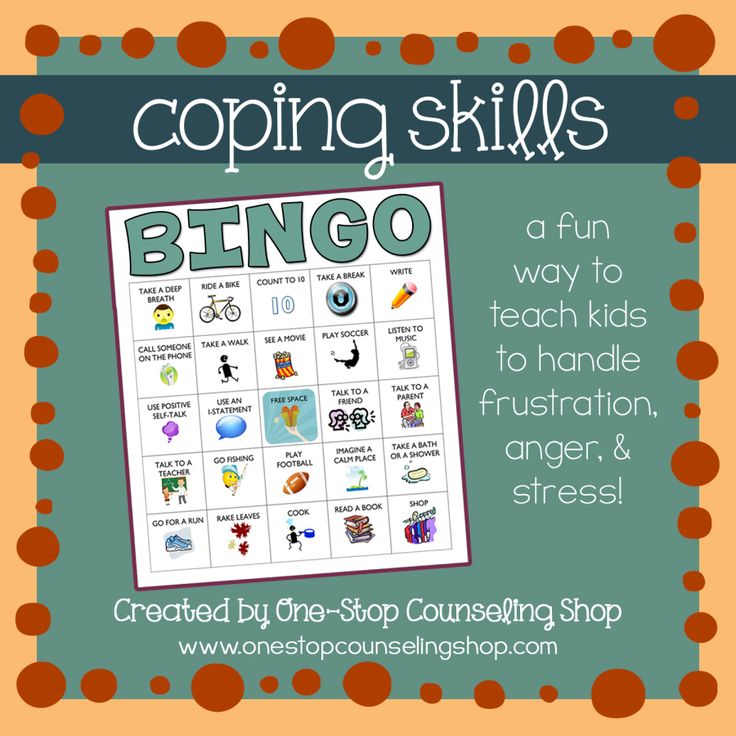 The ideal option is when the child does not suspect at all that he has an occupation now. Does it really happen? And is it possible to learn such serious things as reading by playing with rapture. Of course you can, - says the teacher and author of children's books Lyudmila Ignatova. Summer is the time to change the attitudes in the child's head related to learning. Or create new ones, if we are talking about kids. The child must understand that learning is fun and interesting. And reading is not a heavy burden, but an exciting game. Lyudmila told and showed several unusual ways to teach a child to read and understand the text. And we think that not only children, but also adults will enjoy such activities. nine0026
The ideal option is when the child does not suspect at all that he has an occupation now. Does it really happen? And is it possible to learn such serious things as reading by playing with rapture. Of course you can, - says the teacher and author of children's books Lyudmila Ignatova. Summer is the time to change the attitudes in the child's head related to learning. Or create new ones, if we are talking about kids. The child must understand that learning is fun and interesting. And reading is not a heavy burden, but an exciting game. Lyudmila told and showed several unusual ways to teach a child to read and understand the text. And we think that not only children, but also adults will enjoy such activities. nine0026
Any sensory experience in childhood is very important. We love what we were able to pass through ourselves. Therefore, the more varied learning to read, the more tactile and mobile, the better.
1. Pebbles
Paper is a great invention of mankind.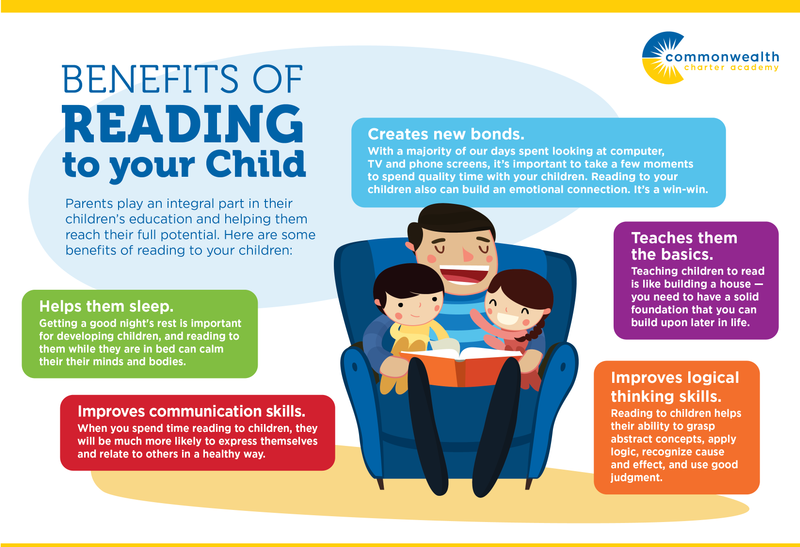 Writing and drawing on it is comfortable and familiar. But this is for us adults. Children have not developed habits yet. But what if you start in a completely unusual way? Away with the usual schemes and patterns. Use a variety of materials that are always at hand. And if not, it won't be hard to find them. For example, ordinary stones. nine0003
Writing and drawing on it is comfortable and familiar. But this is for us adults. Children have not developed habits yet. But what if you start in a completely unusual way? Away with the usual schemes and patterns. Use a variety of materials that are always at hand. And if not, it won't be hard to find them. For example, ordinary stones. nine0003
You can write letters on individual stones and make words out of them. Then move on to the next step - write syllables, parts of words or whole words and put together phrases and stories like puzzles. And if you replace a single stone with a small toy, then you get a game, like in books, where some words are replaced by pictures.
Playing with pebbles is not quite the same as sight reading. They can be touched, poured with water or soaked in a river or sea. Build a story in the sand or among the blades of grass and flowers. All this turns the lesson into an exciting game. nine0003
2. House-boxes
The picture shows ordinary matchboxes.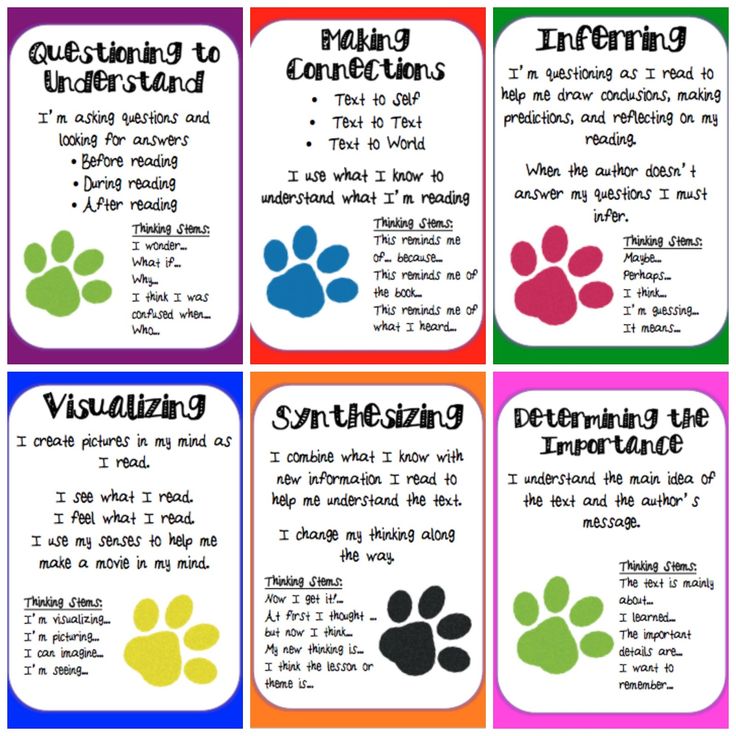 This is just one of the possible options. Its advantage is that they are very easy to find, they are cheap, and you do not have to make anything. Each box is a house for an animal. If the child already knows how to read, sentences can be written on the box, if only he is learning - separate words: horse, fish, kitten. The child reads the word and opens the boxes. It says "Horse", and in the box is a picture of a monkey. Disorder. It is necessary to read all the inscriptions and find the correct boxes. This game will help the child learn not only to mechanically combine letters into words, but also to understand what they read. You can put various small "secrets" associated with the character in the boxes - leaves, pebbles, shells. And then, together with the child, write a story about him. nine0003
This is just one of the possible options. Its advantage is that they are very easy to find, they are cheap, and you do not have to make anything. Each box is a house for an animal. If the child already knows how to read, sentences can be written on the box, if only he is learning - separate words: horse, fish, kitten. The child reads the word and opens the boxes. It says "Horse", and in the box is a picture of a monkey. Disorder. It is necessary to read all the inscriptions and find the correct boxes. This game will help the child learn not only to mechanically combine letters into words, but also to understand what they read. You can put various small "secrets" associated with the character in the boxes - leaves, pebbles, shells. And then, together with the child, write a story about him. nine0003
3. Letter fishing
For this game, you need to cut paper into small squares and write letters on them. And then invite the child to “fish”, drawing in the letters with the help of straws for a cocktail.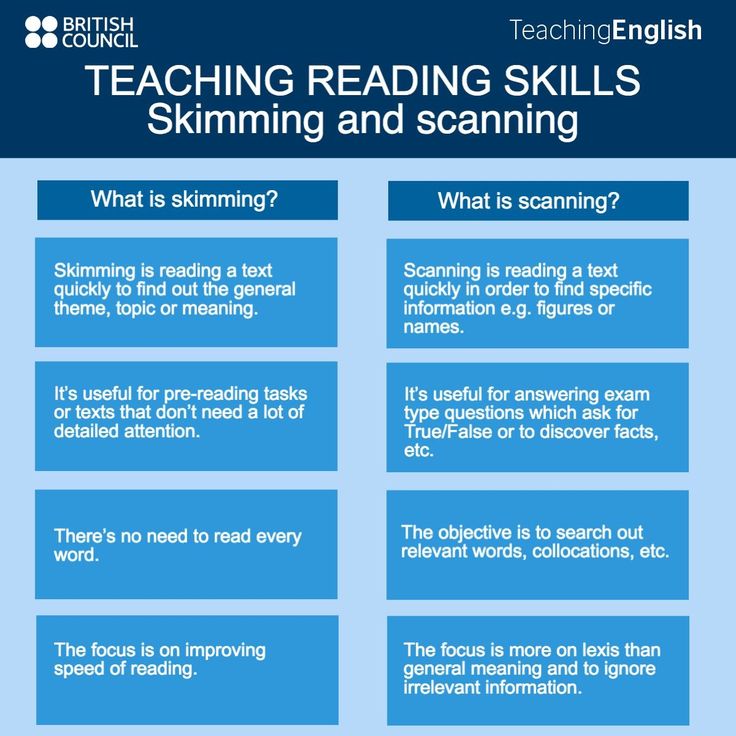 He can have the task of "catching" certain letters or pieces of paper of the same color, and then sticking them in a certain order to make words.
He can have the task of "catching" certain letters or pieces of paper of the same color, and then sticking them in a certain order to make words.
4. Beans
You can complicate the task and write on beans. Since the beans are small, this is not an easy task for the baby. But this game is great for developing fine motor skills. You can write the letters on the beans yourself in advance, and then write the word and ask the child to find the right letters in the pile and make the word according to the model. nine0003
5. Alphabet cookies and ball game
You can make a template and draw letters on paper cookies. Every day, the child should cut out one letter, try to remember it (you can play by naming words that start with this letter), and then put it in a cookie jar. When all the letters are cut out, you can play with them, making up words, making applications. But there is another, very original way to use such an alphabet: stick the letters on a regular ball, securing it with transparent tape on top.